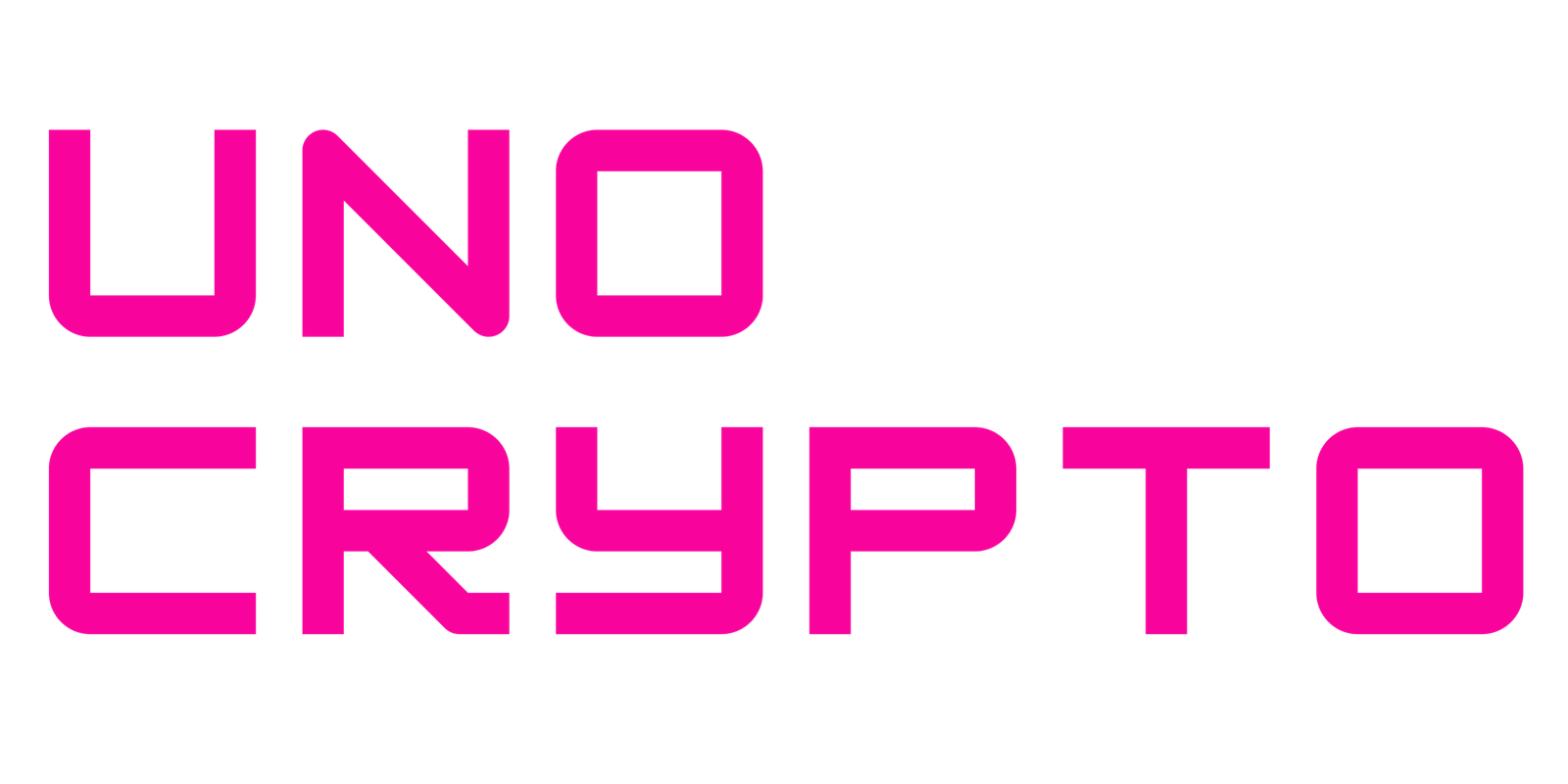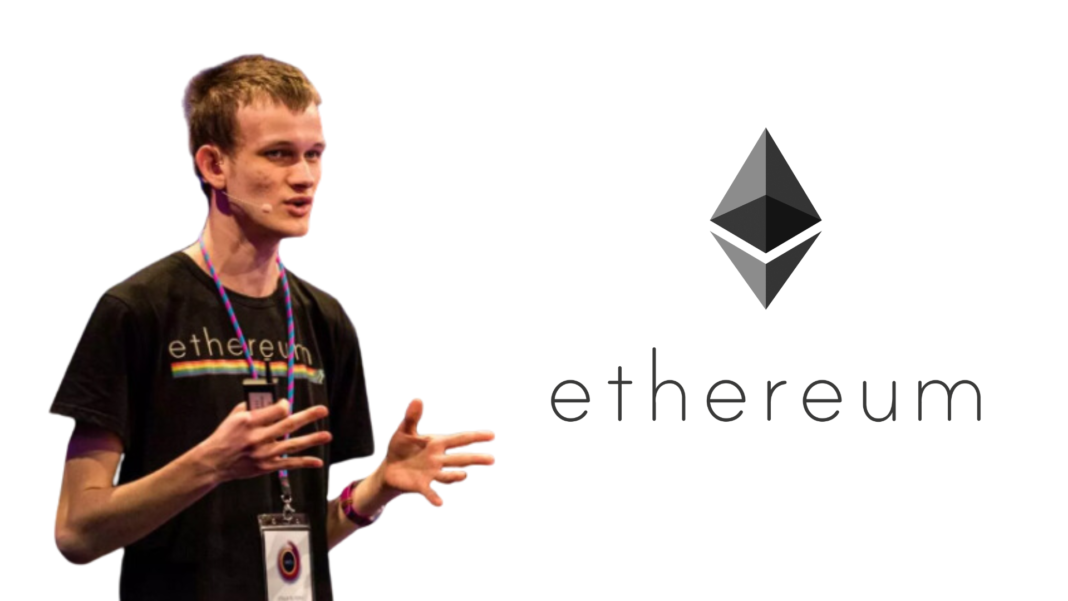Ethereum co-founder Vitalik Buterin has unveiled his plans to bring computational affordability to the Ethereum ecosystem. To make this plan a reality, Buterin announced “The Verge”.
At present, although it is challenging, it is possible to run a node on a consumer laptop. The goal of The Verge is to change this and make fully-verifying the chain so computationally cheap that it is done by default in all mobile wallets, internet wallets, and even smart watches.
What is The Verge?
The term “Verge” originally related to the concept of shifting Ethereum state storage to Verkle trees, a tree structure that makes stateless validation of Ethereum blocks possible and permits far more condensed proofs.
At the expense of a few hundred kilobytes of proof data and a few hundred additional milliseconds, a node may validate an Ethereum block without having any of the Ethereum state (account balances, contract code, storage, etc.) on its hard disk.
The Verge now has a far broader concept aimed at enabling the Ethereum chain to be verified as resource-efficiently as possible. This involves not only stateless validation technology but also using SNARKs to validate every Ethereum function.
Ethereum To Undertake Stateless Verification
In order to verify blocks, an Ethereum client today needs to store hundreds of gigabytes of state data, and this number is growing yearly. However, Buterin aims to change this excessive data storage problem.
A technique known as stateless verification enables nodes to validate blocks without possessing the complete state. Rather, every block has a witness that contains (i) the values (such as code, balances, and storage) at the precise points in the state that the block will access, as well as (ii) a cryptographic statement confirming the accuracy of those values.
The Ethereum state tree structure must be altered in order to actually enable stateless verification. This is due to the fact that, in the worst situation, the existing Merkle Patricia tree is quite unsuitable for implementing any cryptographic proof technique. The possibility of “wrapping” the Merkle branches in a STARK is as valid as “raw” Merkle branches.
Ethereum’s Plans To Excel The Proof-of-Work System
Previously, Vitalik Buterin discussed improving Ethereum’s proof-of-work system in a published article. His two major goals were to achieve single-slot finality (blocks being confirmed in a single slot) and democratize staking by lowering the staking requirement to 1 ETH.
He proposed three possible solutions to accomplish this: improving the signature aggregation method, include the Orbit committee structure, and implementing a two-tier staking plan.
Also read: Vitalik Weighs In On Ethereum’s Lack of Unified Ecosystem
Vitalik Buterin Rebukes Saylor’s Bitcoin Custody Claims; Says “That’s Not What Crypto is About”


